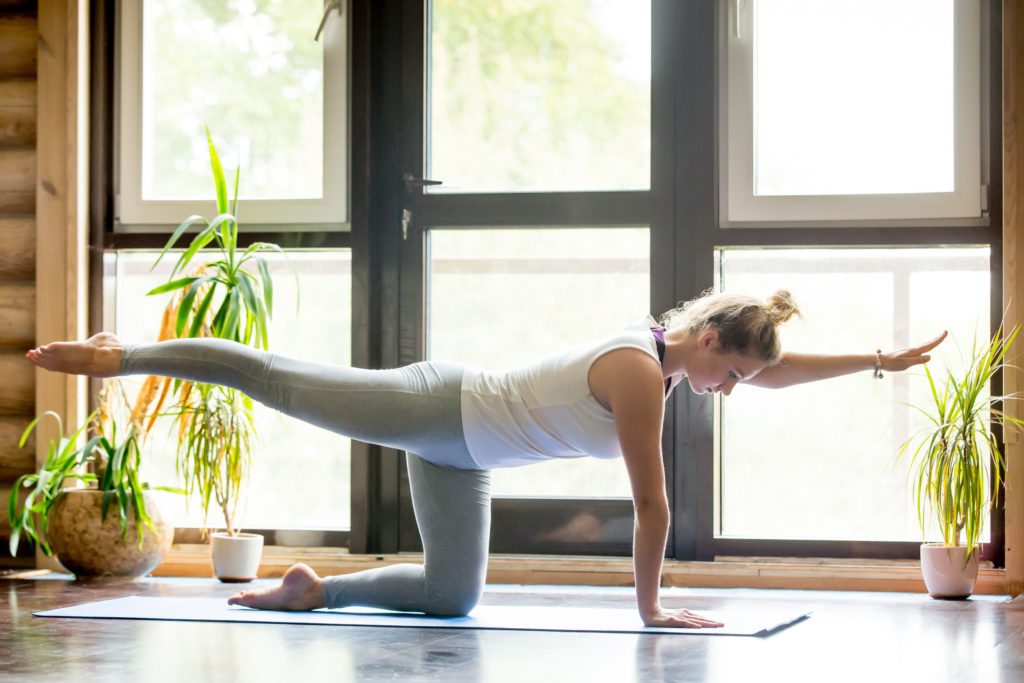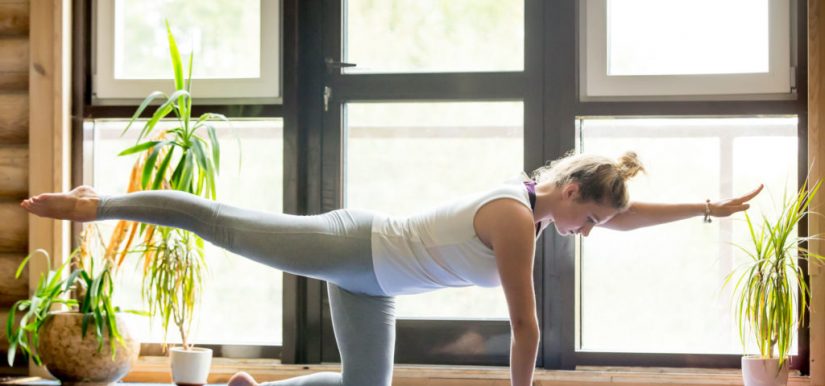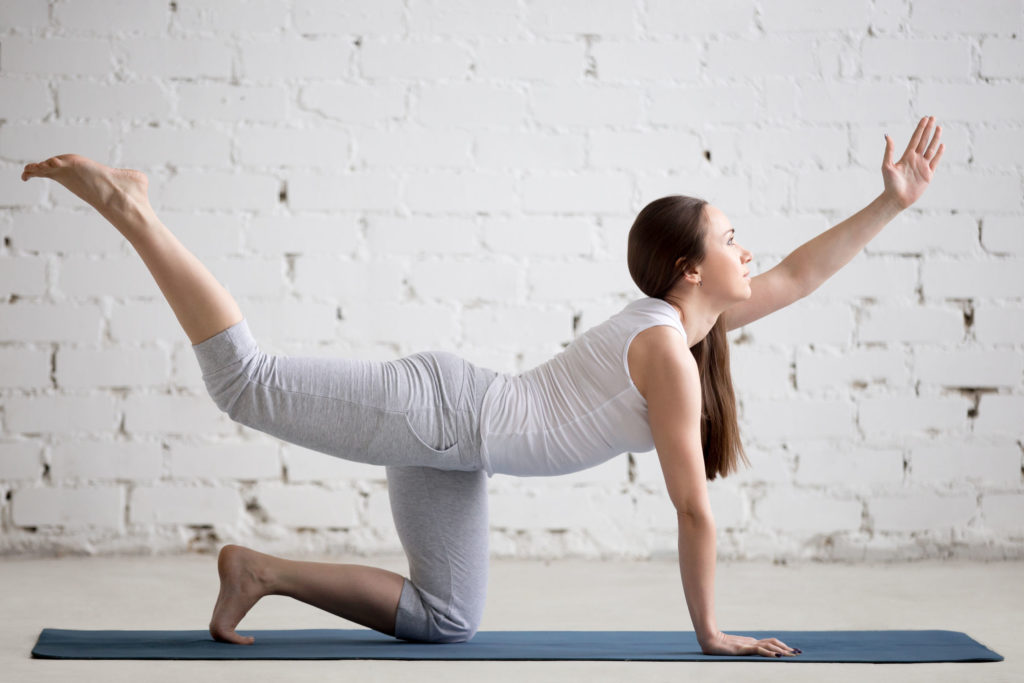NOTE: the term “Porcelain Post” first came to fruition last year between Brian Patrick Murphy and Pete Dupuis. Without getting into the specifics, it describes a post that can be read in the same time it takes you to go #2.
Huh, I guess that was more specific than I thought.
Enjoy.

The Birddog Exercise: Please, Start Coaching It Right
The birddog exercise is a common drill used in many components of health/fitness. It’s most commonly utilized within yoga/pilates circles and referred to as either the donkey kick or chakaravakasana. Which, as we all know, is Elvish for, “doing something poorly and making my corneas jump out of their sockets into a fiery volcano.”
Okay, that’s not true.
But we all know that the bulk of people performing this exercise, whether they’re in a yoga class, performing it on their own, or following the tutelage of a strength coach or personal trainer, end up looking like this (not always, but enough to warrant an intervention in the form of this brief post):
Copyright: fizkes / 123RF Stock Photo
The birddog exercise not only targets the back, but also the hip extensors. It also, and more importantly, teaches the discipline of using proper hip and shoulder motion while maintaining a stable spine.
The picture shown above is the complete opposite of that. What we see instead is a gross exaggeration of lumbar (lower back) extension and a lengthening of the rectus abdominus compounded with excessive rib flare and cervical extension.
Essentially this person is tossing up a ginormous middle finger to any semblance of spinal stability.
Now, in fairness, maybe the woman pictured above was coached into that position for a specific reason:
- Prepping for the World “How to Eff Up Your Back” Championships?
- Because it’s Wednesday?
I don’t know the true details. Maybe I should lighten up.[footnote]Or maybe I should have a nice, warm glass of “shut the hell up.”[/footnote] But what I do know is that I find little benefit in performing the birddog, and it’s likely doing more harm than good.
And when I see it performed this way it makes me do this:
Lets Clean Things Up, Shall We?
What’s most frustrating is the reactions I get from some people when I ask them to perform the birddog. I’ll get someone coming in with a history of low-back pain, and after taking them through a series of screens to see what exacerbates their symptoms I’ll then have them demonstrate this exercise.
What follows is typically a few eye-rolls and a seemingly crescendo of “come on Tony, really? I’ve been doing this exercise all along, can we please turn the page?”
Low and behold 9/10 (if not 10/10), the same person who has been complaining of weeks/months/years of low back pain in addition to a bevy of other fitness professionals espousing the merits of the birddog, when asked to demonstrate it, ends up looking exactly like the second picture above.
Case in point. I had an eval with a new female client last week. She was a referral from another trainer located here in the Boston area and she informed me that this client had been battling some chronic low-back shenanigans for the past few years. To the other trainer’s credit: much of what she had been doing with this client was spot on (and I have zero doubts this client was coached very well). However, the birddog lends itself to be one of those “hum-drum, don’t worry, I got this” exercises where people (I.e., the client), when left to their own devices, becomes complacent and lackadaisical in its execution.
Play close attention to the before and after videos below:
Before = her execution of the exercise was “feeding” into her symptoms and most likely resulted in a kitten dying.
After = ticker tape parade for coaching!
With a just a few subtle cues and a “molding” of the exercise to better fit her current ability level, we were able to significantly clean up her technique and the exercise not only felt more challenging, but she felt better.
- The difference maker was placing a ValSlide underneath her moving leg so that she’d be less likely to fall into extension.
- From there, with the leg fully straight, I then had her lift her foot off the ground an inch or two and then “OWN” the movement/position.
- She then held for a 3-5s count, performed 3-5 repetitions per side, and we then fist pumped to some Tiesto.
Coaching oftentimes involves paying closer attention to the details, even with the more mundane exercise that we often take for granted. With the birddog it often behooves us to slow people down, get a little more hands on with them (provide more kinesthetic awareness), and hold then accountable to be SPOT ON with their technique each and every rep.
This is what separates correctives and programs that work (and serve a purpose) and those that lead to less than exemplary results due to haphazard execution.





